Culverts are hydraulic conduits that convey water under a traveling surface or serve as stormwater outfalls for water that may otherwise flow across the right-of-way.
Pipe Culvert Headwall Design and Function

The design of culverts should include the discharge capacity adequate to effectively prevent flood situations and include structural analyses to ensure the culvert will withstand soil conditions and vehicle loads.
In addition to these considerations is the culvert’s method to control water as it passes through the culvert inlet or outlet. In civil engineering, a headwall is a small retaining wall placed at the inlet or outlet of a stormwater pipe or culvert.
Headwalls are engineered to provide flow control measures, inhibit seepage, control erosion, and stabilize embankments. A headwall’s design can also include wings and a base, which aid in deflecting water away from the soil around the pipe or inlet.
Headwalls are engineered to provide flow control measures, inhibit seepage, control erosion, and stabilize embankments. A headwall’s design can also include wings and a base, which aid in deflecting water away from the soil around the pipe or inlet.
Headwall Use & Design
It’s expected that culverts will experience deterioration or deflection over time. Headwalls are a standard solution to reinforce the inlet or outlet side of the culvert and provide protection against erosion and material impact. The images below gives examples of common problems, their cause, and effective corrective actions to take.
You can click on each of these images and get a better look at each problem, their causes, and their solutions.
Inlet Control vs. Outlet Control
Inlet Control means that the discharge capacity of the culvert is controlled at the culvert inlet by the depth of headwater and inlet design. Considerations include the barrel shape, cross-sectional area, and inlet edge. Funnels and Bevels can be incorporated into inlet designs to effectively capture a larger initial volume of water and displace it through a condensed barrel. This, however, will affect the overall discharge rate of flow.
Culverts flowing with Outlet Control measures may flow with portions or the entirety of the culvert barrel full of water. Outlet Control measures regulate the rate at which the culvert discharges the water it is carrying. This is important as water that leaves the culvert at a high velocity can cause erosion to the streambed or surrounding embankment.
Headwall Placement
The placement and location of the culvert headwall are just as important as the overall design characteristics. Headwalls adjacent to the traveling surface create a potentially hazardous situation when they extend above the surrounding ground. These features are rigid objects that can impede vehicular movement or cause severe injury if a vehicle strikes. For these reasons, headwalls should be placed far enough away from the right-of-way to ensure that cars leaving the roadway will not impact them. Current design practices provide for traversable ends or the extension/relocation of the ends of older structures to reduce the overall risk.
InfraSteel Headwall Design
InfraSteel provides for modular headwall and wing wall designs to accommodate the dimensions and requirements of the project site and often incorporate Flow Bells, Toe Plates for cutoff walls, and steel Aprons. We can also add headed Anchor Studs to the back of the InfraSteel Headwall to tie into existing structures with concrete.
How InfraSteel Will Help
Culverts are an important part of our daily life, even though they lay under our feet. InfraSteel can help you evaluate culvert lining products and find the best fit for your project. Follow the link to also view some frequently asked questions about InfraSteel and slip lining or contact us here.

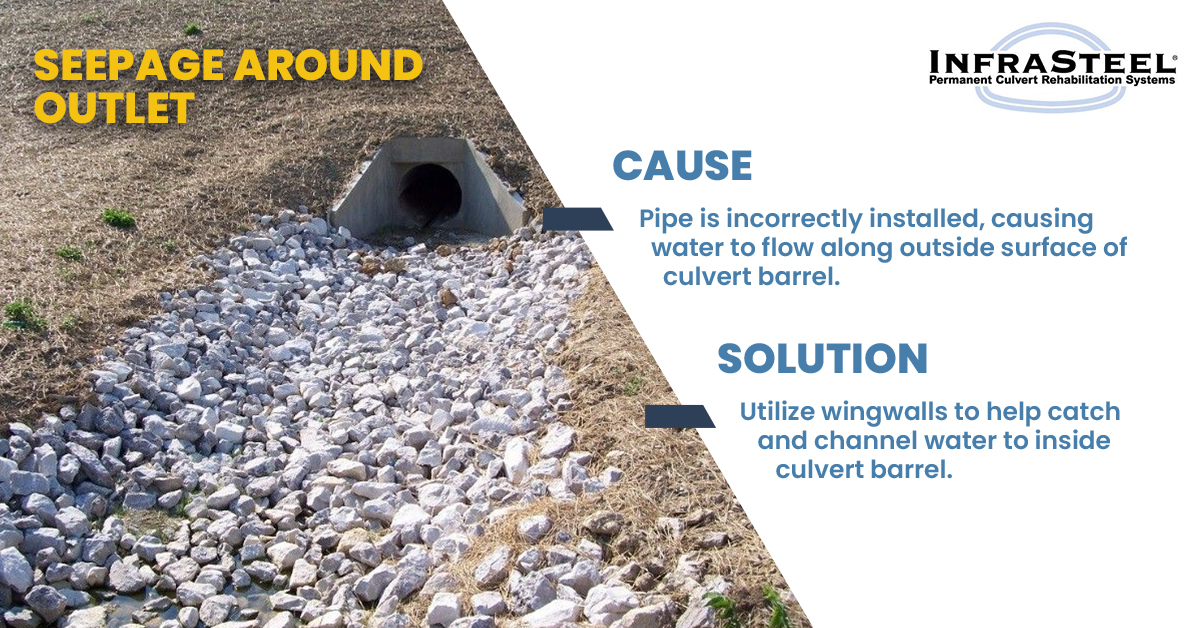
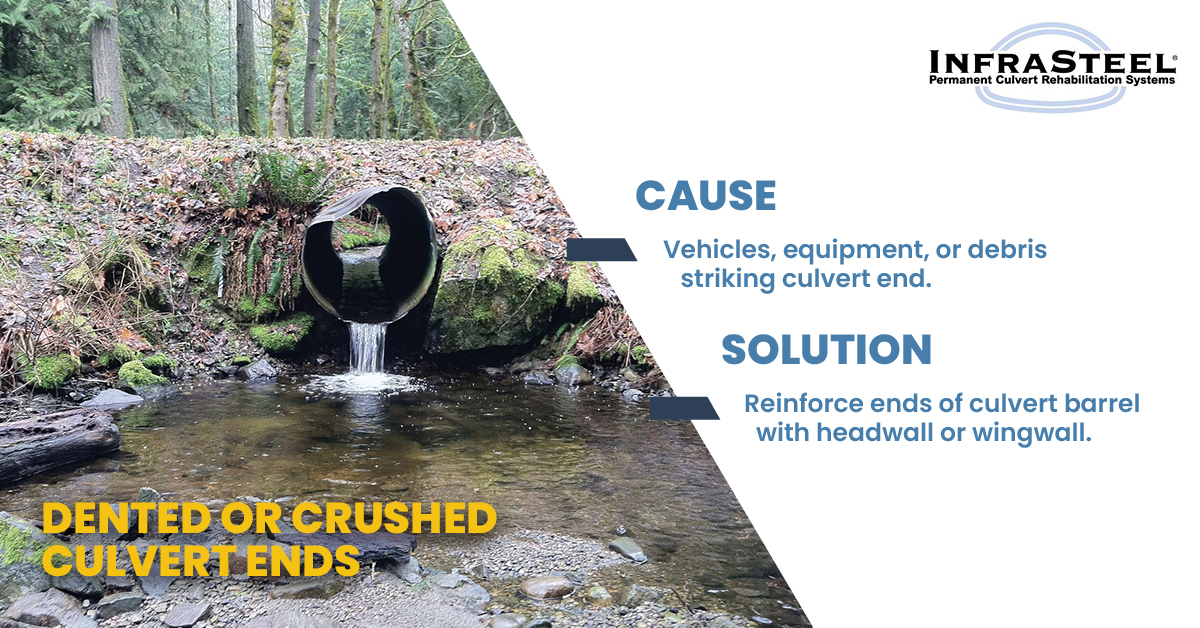
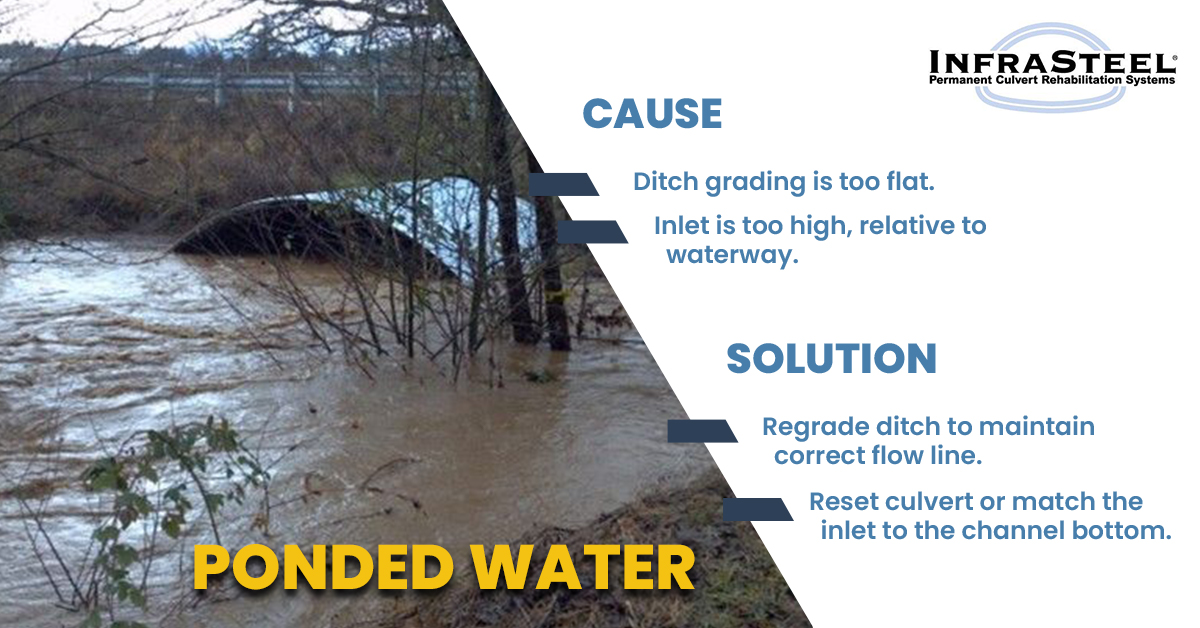
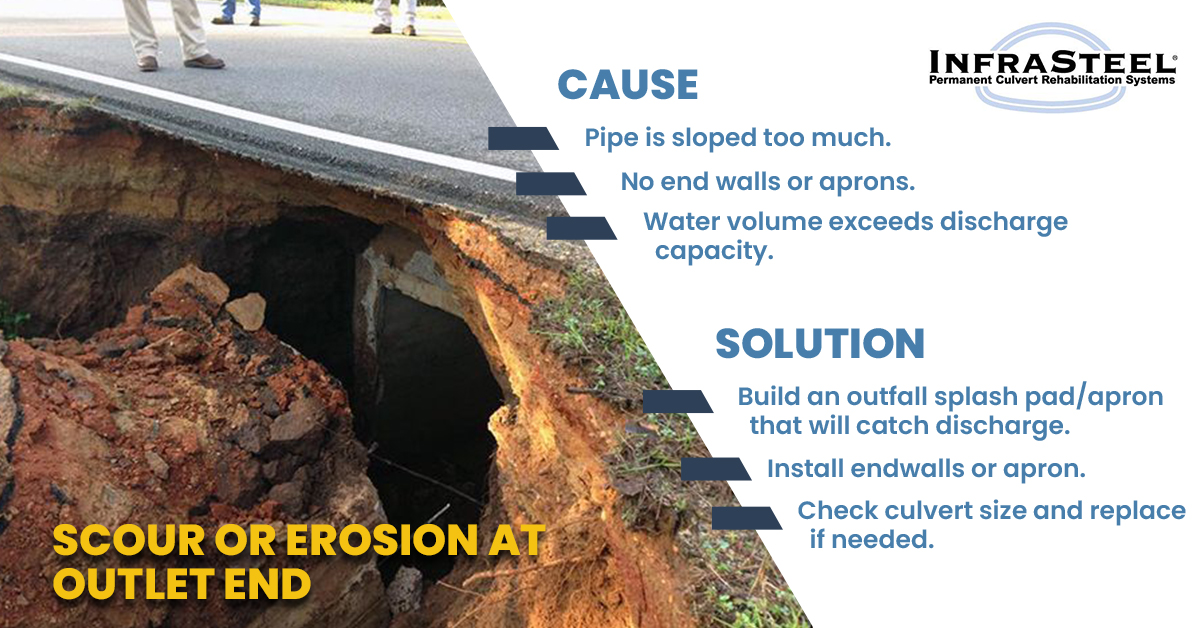

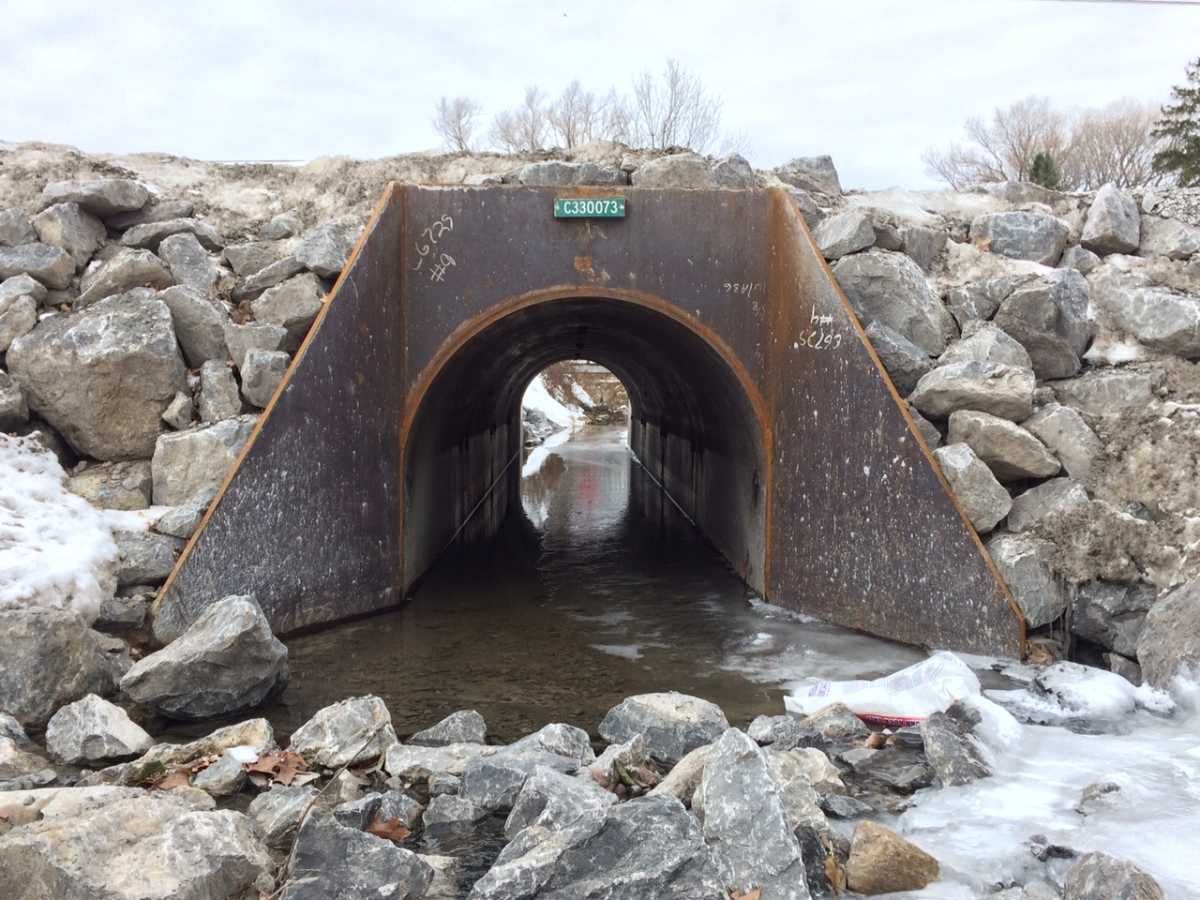
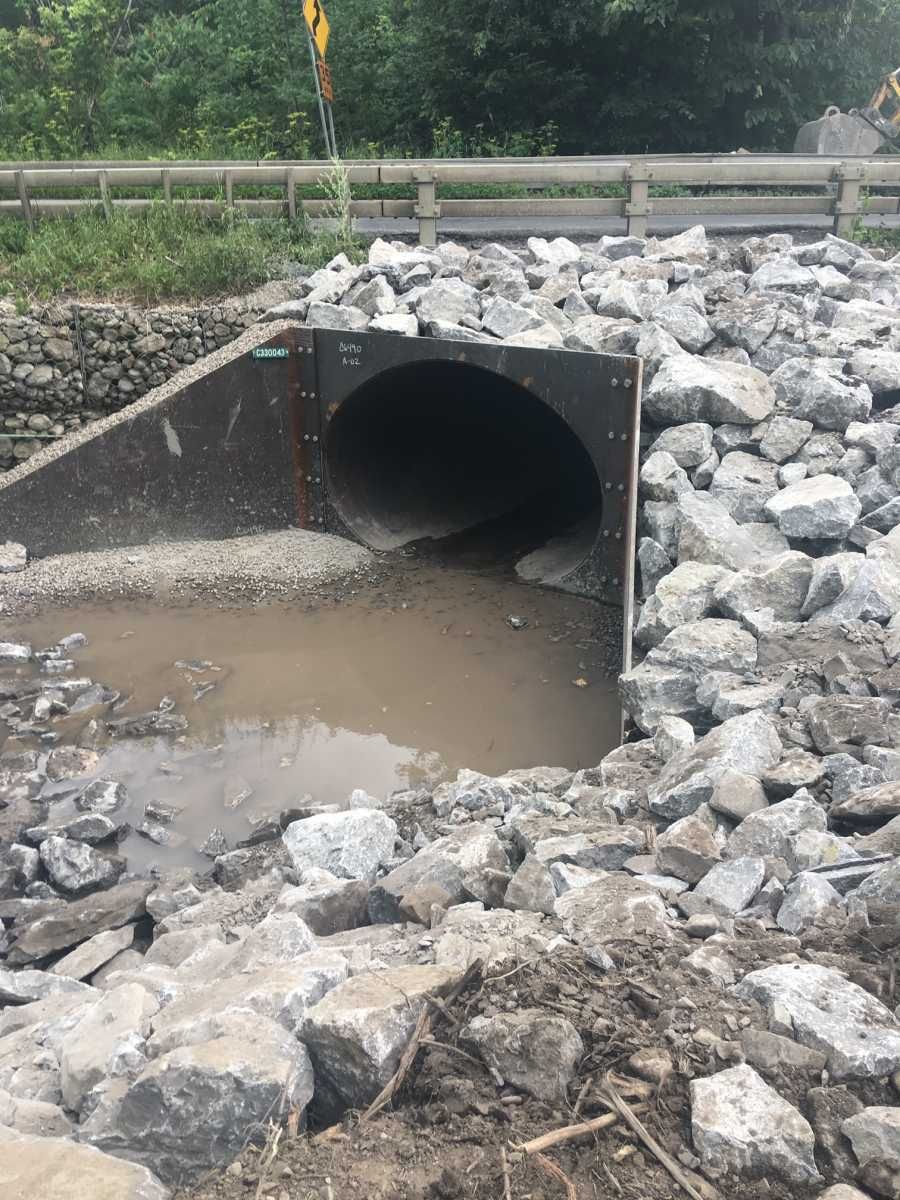
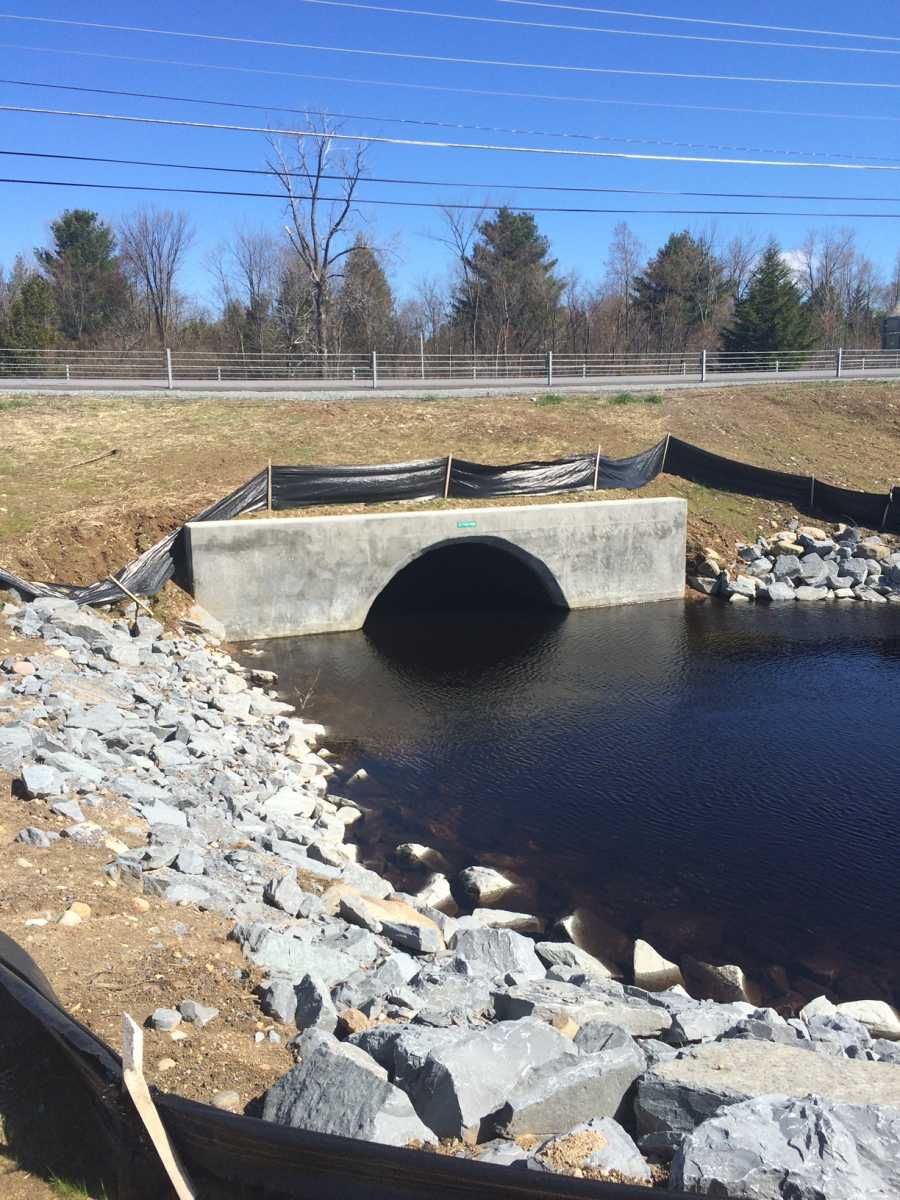

Leave A Reply